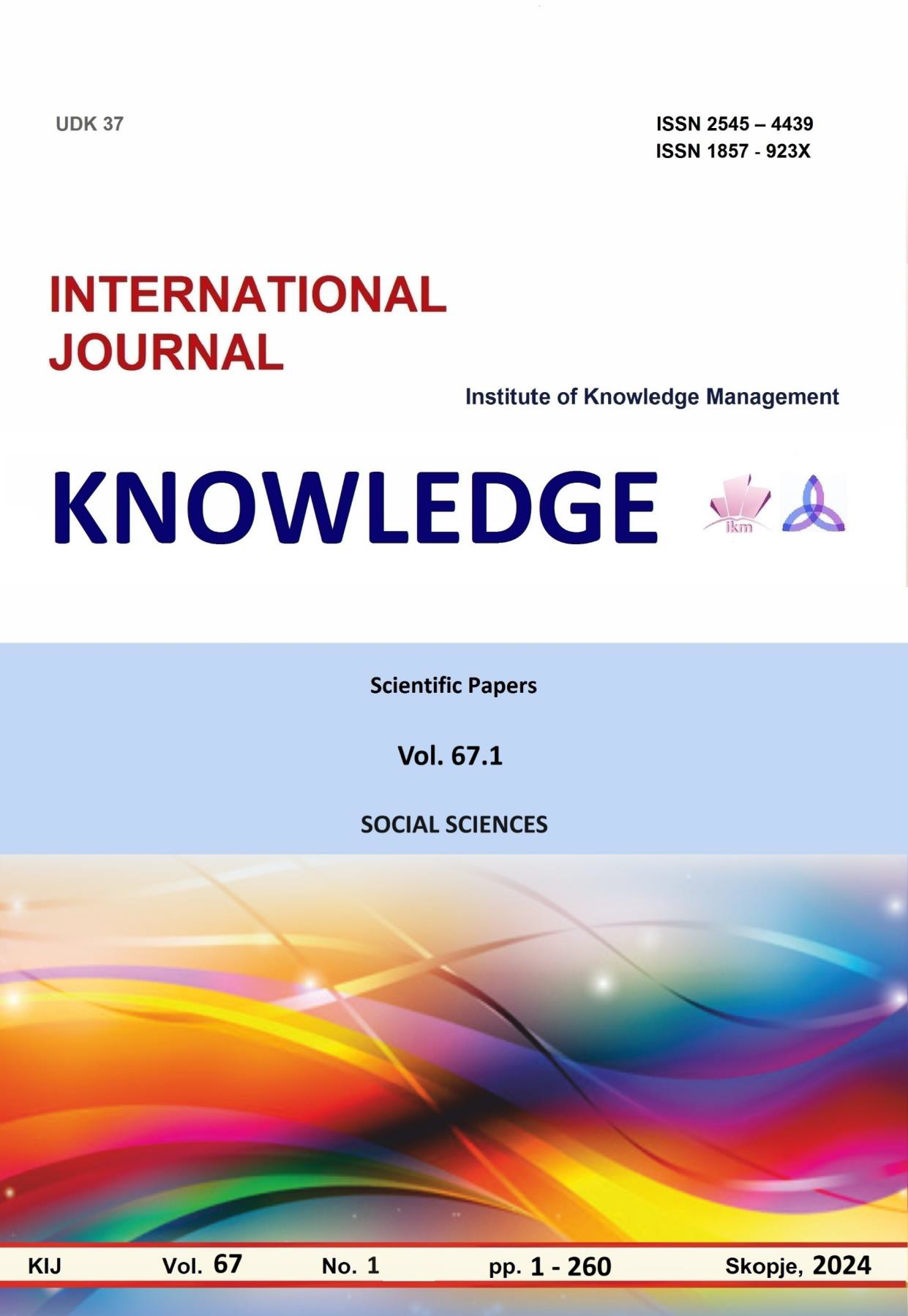BACIS ELEMENTS OF FIGURATIONAL SOCIOLOGY
BACIS ELEMENTS OF FIGURATIONAL SOCIOLOGY
Author(s): Kire Sharlamanov, Aleksandar JovanoskiSubject(s): Social Sciences, Education
Published by: Scientific Institute of Management and Knowledge
Keywords: figuration;interdependencies;processes;figuration sociology
Summary/Abstract: Elias is probably one of the last representatives of classical sociology. He believed that many of the problems and difficulties faced by sociology stem from the categorical apparatus it uses. Hence, he tried to make his own contribution to enriching it. Among the concepts that were characteristic of the sociology developed by Elias are figurations, processes, habitus, civilization, relations, networking, power relations, interdependencies, established/outsiders, involved/detached, etc. These concepts are radically different from the concepts that were standardly used in sociology in the second half of the 20th century. Among them are society, system, structure, role, action, interaction, individual. Elias introduces the term figuration in order to relativize the dichotomies of the type individual - society, processes and structure, subjectivity and objectivity, in which entities not only differ, but also oppose each other. Figuration denotes the dynamism of relationships between people and encompasses changes in interdependencies over time. If four people sit at a table and play cards – they constitute a figuration. Their actions are interdependent. Although it may seem that the game exists, in itself, it is quite clear that the game and the flow of the game in time are conditioned by the networking of individuals. If four relatively equal individuals play, each of them has a certain degree of autonomy in the game. The interdependence of the players is a prerequisite for the existence of figuration. Interdependence can be based on cooperation, as well as competition, and even conflict. The relations of interdependence in figurations are dynamic and changeable. With each action of the individuals who make up the figuration, the balance of power in the figuration can change. Figuration as a concept was not developed by Elias all at once, in one essay, but rather it constantly matured as an analytical tool. Elias returned to it throughout almost his entire career and constantly developed and refined it. In doing so, Elias distinguished between configuration and figuration. For the combination of structural and procedural connotations, he preferred to use the term configurations. Configuration referred more to emergent organic structures such as DNA, while figurations are highly complex dynamic structures and processes that occur in society. Through them, Elias studies the most complex and intricate processes of integration of society, that is, of individuals in relational networks. Figurations lay at the foundation of the sociology that Elias developed, that is, figurational sociology. In this article, we will become acquainted with its basic characteristics in more detail.
Journal: Knowledge - International Journal
- Issue Year: 67/2024
- Issue No: 1
- Page Range: 235-238
- Page Count: 4
- Language: English

